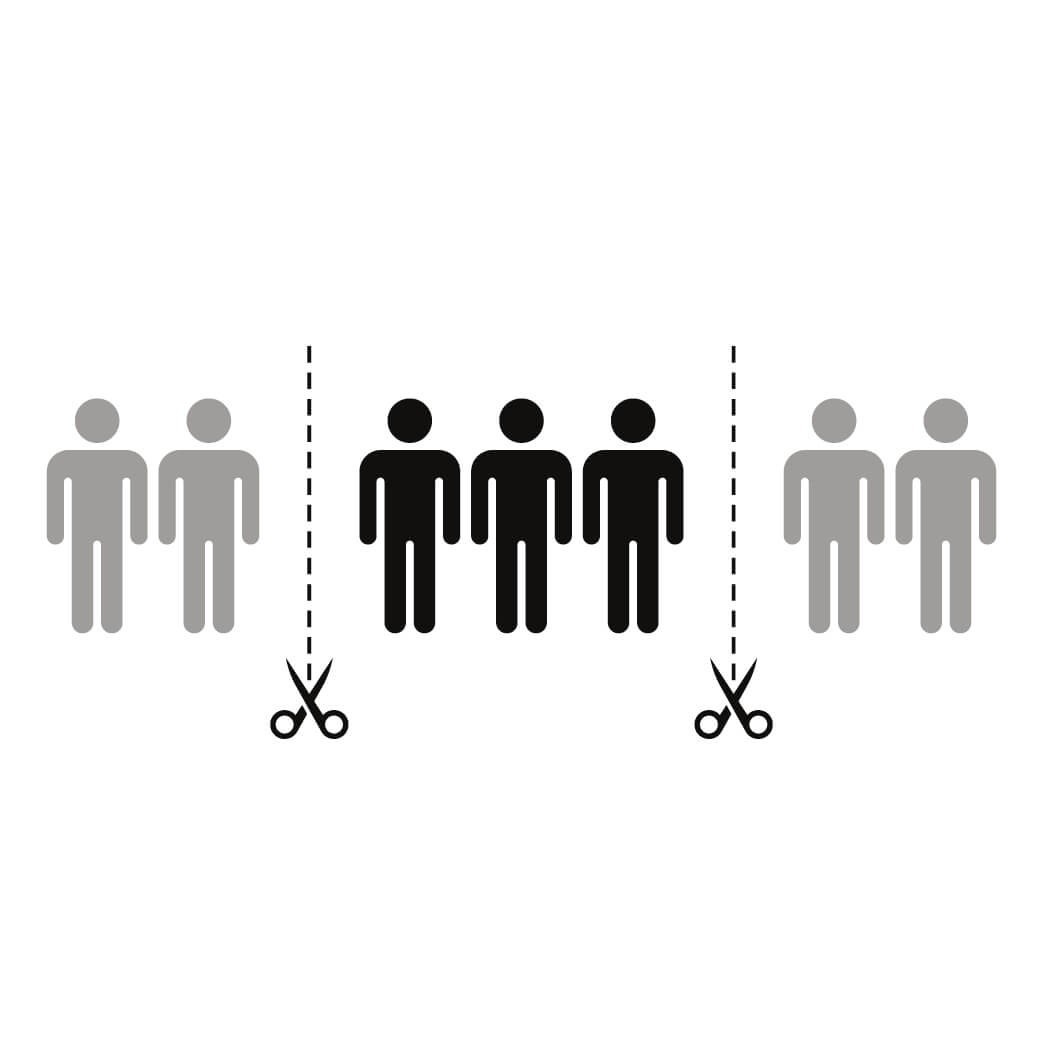
I was meeting with a long-time client today. She represents several East Coast higher-education establishments. She wanted to chat with me about a specific institution that is doing highly-important and relevant work and yet is on almost no-one’s radar screen.
We talked about the dean of the institution and how he did not place much importance on “marketing.” My response was, “Sure he does; he is just working from a very closed definition of marketing.” When I turned it into a series of questions, such as: would he like more funding to work on larger projects? Would he like his institute to be regarded with greater prestige? Would he like the best and the brightest to want to work there or study there? – the answer to all those questions was yes. Those things, of course, come via people being more aware of the work the institute is doing and its critical importance, which is to say, via marketing.
But the most important part of our conversation hinged on perception. My client spoke of how her dean “might go for a new website” and “might go for a new visual representation” and “might go for a slight renaming” (all things I thought might be necessary, on first look).
As I explained to her, that totally made sense, because the dean’s ambivalence on these things was a reflection of how he viewed his institute. As long as he primarily viewed it as an on-campus think-tank, then having good outreach communications would seem relatively unnecessary. However, if he made the shift to seeing the institute’s identity (or future identity) as a world-renowned thought-leader, then the need for these devices would become critical and obvious. Perception on the inside of an organization is just as important as perception outside.
This is the reason why every branding project we do begins with a version of the question, “Who do you think you are?” Day-in, day-out, the people inside an organization are going to make all their decisions based on their answer to that question. But so often, who an organization thinks it is and where it would like to go are out of synch. Or its potential customers or clients see it very differently than how it sees itself. Sometimes, even inside the C-suite, there can be differing answers to the question.
Bucketloads of money can be wasted, pouring into the crevices between these differing perceptions of who and what.
When an organization knows itself, it walks that way. It is seen that way. It makes decisions that way. And the customers or clients that want to form a relationship with them can easily locate them and understand them without confusion. But if you’re confused about who you are, then your clients, customers and employees will be no less confused – and probably more.
Which leads to the question:
Who do you think you are?

When humans face true cataclysm, we pull together. When it’s about money and power, not so much.

When people see public health messages directed at them, they are very aware that others can see them also and it can trigger concern of how other people in the community now think about them.
People seek to have power over their own lives. Teens, adults, older adults – everyone. What happens when they feel powerless? What happens when you or your communications make them feel they have less power?
The way we talk to others demand that they accept an identity for themselves, and sets up a particular relational dynamic. If we're not careful, that identity can be stigmatizing or turn away the very people we're trying to help.
Get the latest posts and updates delivered to your inbox.